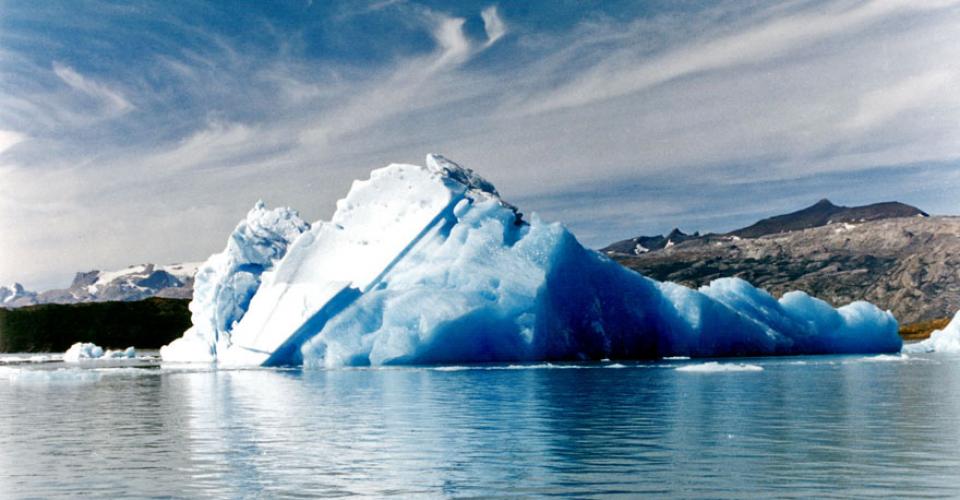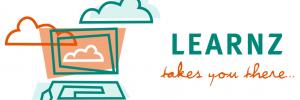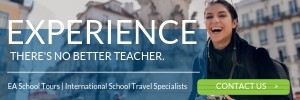SciCon 2016: day 2
13/07/2016Day two of SciCon 2016 ended with a pub quiz night that this journalist quietly declined to partake in: there’s nothing like a roomful of science teachers and academics to shatter one’s general knowledge self-image.
The preceding day was full of highlights. Day two kicked off with an update from NZQA and a few admin points that needed to be made.
That was followed by the first keynote speech of the day from Dr Michael Person of the Massachussetts Institute of Technology (MIT) Planetary Astronomy Laboratory.
Entitled 'The science of Pluto', Dr Person’s speech covered the history of Pluto – or at least our interactions with it – starting with its discovery in 1930. Dr Person told his audience that 2015 was truly the ‘year of Pluto’, in which we arguably learned more about what’s now called a ‘dwarf planet’ than in all the years since its discovery.
There was the arrival of the historic New Horizons probe mission in July of last year that taught scientists more than they could ever have hoped to learn about this little known ‘dwarf planet’.
And of course, Christchurch was able to provide an ideal base for SOFIA – NASA’s Stratospheric Observatory for Infrared Astronomy – a modified Boeing 747 aircraft fitted with a large telescope, as it flew several missions in order to observe Pluto’s stellar occultation, when it passed in front of a background star. This rare event enabled scientists to study many aspects of Pluto’s nature, including the composition of its atmosphere.
Another later keynote speaker on day two of SciCon 2016 was Michael Fenton of the Open Polytechnic.
Michael has a wealth of diverse experience in education, and his focus is lately on assisting teacher to make science and maths learning practical, fun, and hands-on. He uses active learning (project-based learning) to engage in authentic tasks, using a variety of technologies, some of which he has invented himself.
Michael’s lecture was titled 'Putting the science back into science education – reclaiming the maker space'. Michael's article on the same theme, which will appear in New Zealand Science Teacher’s October annual journal, talks about current realities for most science teachers: the equilibrium they need to find between authentic learning, teaching for assessment, and staying abreast of the evolving impact that digital technology continues to have on education.
Day two also included seminars, workshops, ‘make ‘n’ take’ sessions, and local trips to see science in action. Themes explored over the day included:
-
'Adapting activities to science capabilities experiences' by Paul Ashman, University of Waikato
-
'One woman’s quest to raise scientific literacy: a journey of community science engagement' by Chris Duggan, president of the NZASE
-
'Creative Commons copyright licensing and Open Educational Resources: what are they, why are they and how do they work?' by Elizabeth Heritage of Creative Commons New Zealand
-
'Teaching science in context: helping students to discover how and why science matters in their life' by Delphine Mitchell, Victoria University.
A round-up of day three, the last of what has so far been an extraordinarily successful, well-attended, inspiring and diverse SciCon 2016 will be posted here tomorrow.

























Post your comment
Comments
No one has commented on this page yet.
RSS feed for comments on this page | RSS feed for all comments